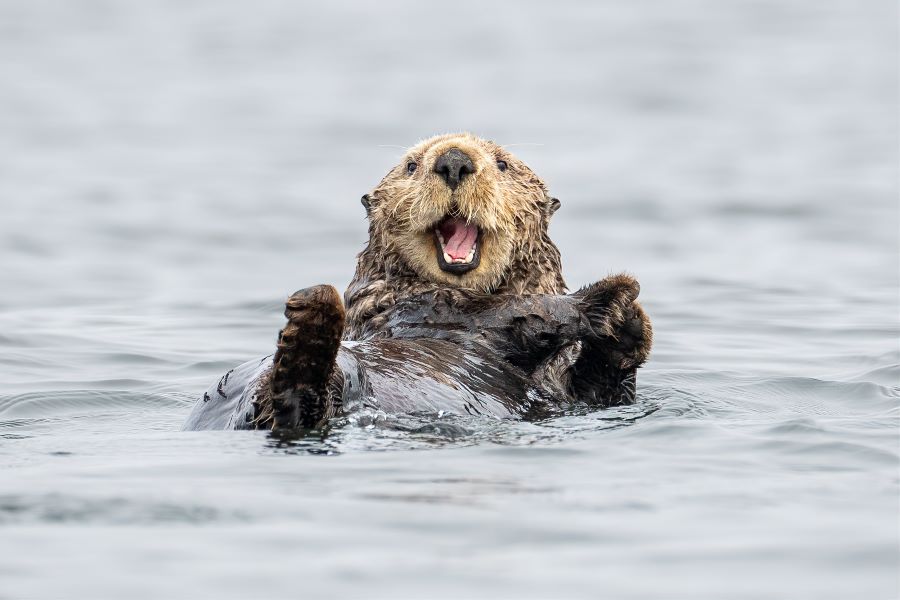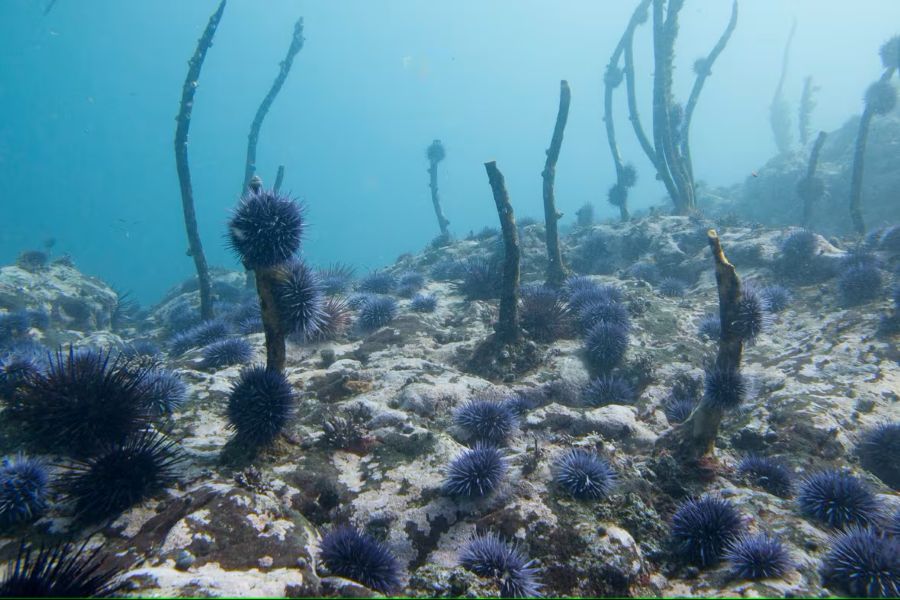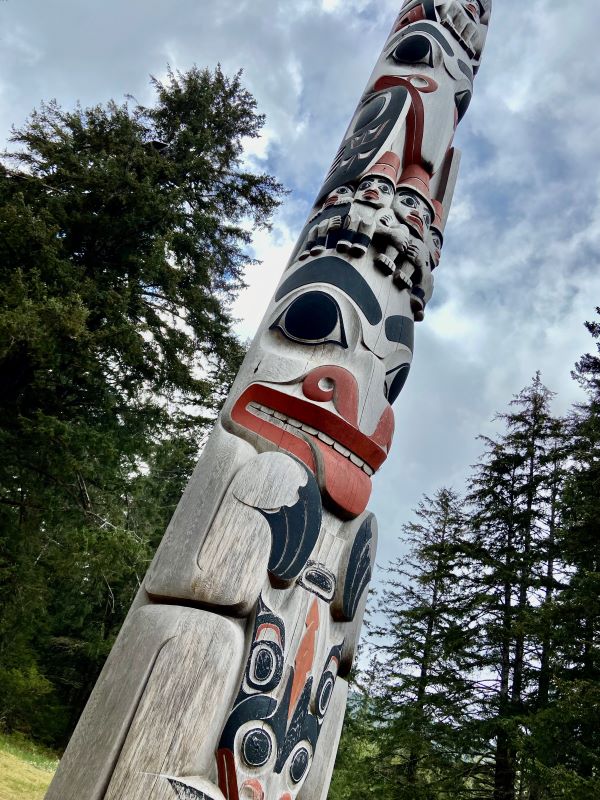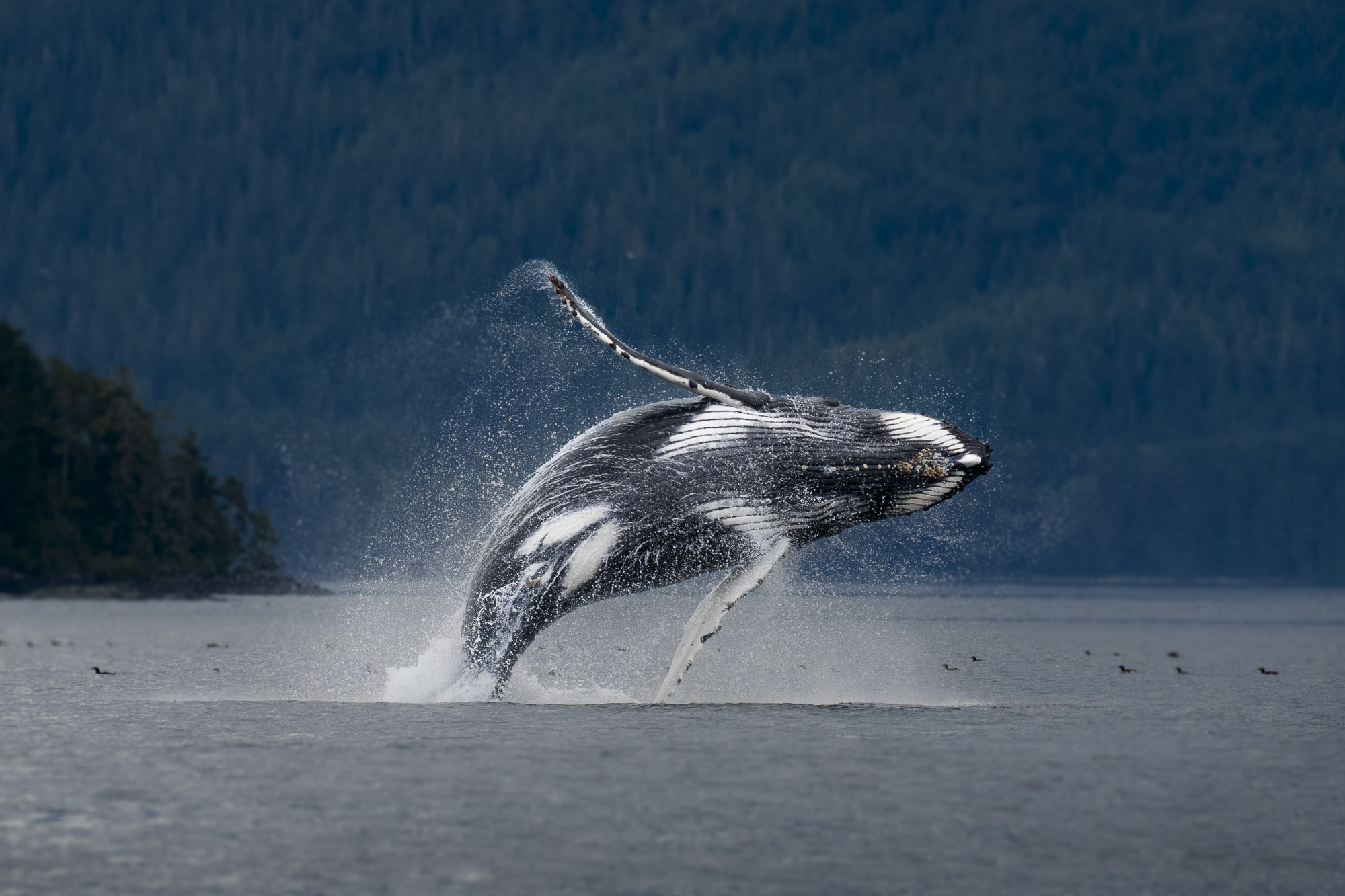In the early 2000s, Haida Gwaii had the first sea otter (Kuu) sightings in over 100 years. Since then, the sea otter population has continued to grow, finally bouncing back from ecological extinction, and their return has posed many questions within the community.
Kuu in Haida Gwaii: History
For thousands of years, the Haida people and Kuu lived symbiotically, sharing the same food sources such as urchins, crabs, mussels, and abalone. The Kuu of Haida Gwaii were integral to the ecosystems of the kelp forests: by eating kelp predators like sea urchins, the Kuu kept kelp-eaters in check thus sustaining the critical kelp forests which support many fish & shellfish species such as rockfish, salmon, abalone, and herring. Once the marine fur trade begun, the Kuu were hunted relentlessly for their dense fur pelts which led to their ecological extinction from Haida Gwaii in the 1800s.
No Kuu, No Kelp
With the disappearance of Kuu from the waters of Haida Gwaii, sea urchin numbers exploded, leaving them to graze indefinitely on the rich, underwater kelp forests. Eventually this unchecked population explosion led to ‘urchin barrens’ – vast, empty swaths of ocean floor containing nothing but sea urchins. Since sea urchins can remain in a dormant state for a long time, they have never allowed the kelp a chance to regrow as their long life span and insatiable appetite literally and figuratively nips any kelp growth in the bud. With the disappearance of kelp, species like rockfish, herring, and salmon have suffered as they lost a fundamental part of their ecosystem.
Sea urchin barren found off the coast of Oregon
Returning from Extinction
In the late 1960s, Kuu were reintroduced to the west coast of BC from the Aleutian Islands of Alaska. It wasn’t until the early 2000s that the first solo males were spotted around Haida Gwaii and not until the mid 2010s that the first mom & pups were sighted, finally noting an increase in population in Haida Gwaii itself. By 2019, a Council of Haida Nation/Department of Fisheries & Oceans/Parks Canada joint survey found 13 Kuu, including a mom & pup, signaling the need for a management plan on how to sustainably and respectfully cohabitate with Kuu once again
Living with Kuu, Again
The return of Kuu will lead to many changes in the underwater ecosystems of Haida Gwaii. It is safe to say that Kuu will help restore kelp forests by feeding on sea urchins, in return providing a safe haven for herring, salmon, and rockfish to flourish. In addition to sea urchins, Kuu will also satiate their unending appetite (without blubber, they need to consume 25-30% of their bodyweight daily!) with shellfish and invertebrates that the Haida people also rely on such as clams, crabs, sea cucumbers, and abalone. As the Kuu feed voraciously on the shellfish that Haida people also rely on, but in turn seriously downgrade the urchin population thus restoring kelp forests, the return of Kuu to the waters of Haida Gwaii are seen not as a positive or negative event, but simply a change that will need adjusting to and thoughtful management to ensure the transition happens sustainably to all parties involved. Welcome back Kuu – you have been missed!




